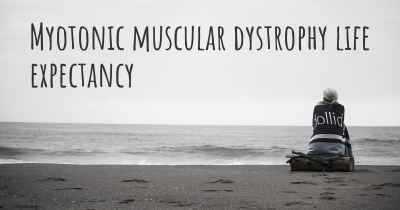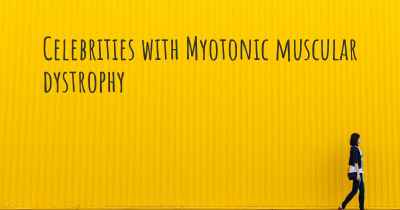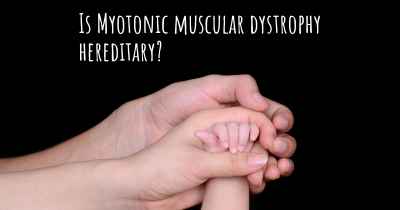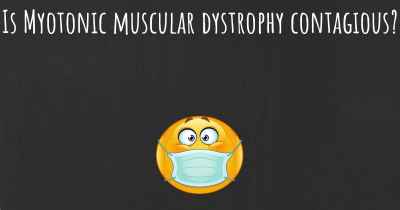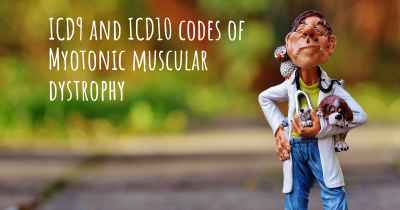Which are the causes of Myotonic muscular dystrophy?
See some of the causes of Myotonic muscular dystrophy according to people who have experience in Myotonic muscular dystrophy

Myotonic muscular dystrophy (MMD) is a genetic disorder that affects the muscles and various other systems in the body. It is the most common form of muscular dystrophy in adults, with an estimated prevalence of 1 in 8,000 individuals worldwide. MMD is caused by an abnormal expansion of repetitive DNA sequences within specific genes, leading to the production of toxic RNA molecules that disrupt normal cellular processes.
The primary cause of MMD lies in the mutation of two genes: DMPK (Dystrophia Myotonica Protein Kinase) and CNBP (CCHC-type zinc finger nucleic acid-binding protein). These genes are responsible for producing proteins that play crucial roles in muscle function and other cellular processes. The mutation in the DMPK gene is associated with Myotonic Dystrophy Type 1 (DM1), while the mutation in the CNBP gene is associated with Myotonic Dystrophy Type 2 (DM2).
In DM1, the mutation involves an expansion of a trinucleotide repeat sequence of cytosine-thymine-guanine (CTG) within the DMPK gene. Normally, this repeat sequence is repeated 5 to 37 times, but in individuals with DM1, it can expand to hundreds or even thousands of repeats. The expanded CTG repeats lead to the production of toxic RNA molecules, which accumulate in the nucleus of cells and interfere with the normal functioning of various proteins. This disruption affects multiple tissues, including skeletal muscles, heart, brain, and endocrine system, resulting in the diverse symptoms observed in individuals with DM1.
DM2, on the other hand, is caused by an expansion of a tetranucleotide repeat sequence of cytosine-cytosine-thymine-guanine (CCTG) within the CNBP gene. Similar to DM1, the expanded CCTG repeats produce toxic RNA molecules that disrupt cellular processes. However, the clinical manifestations of DM2 are generally milder compared to DM1.
Both DM1 and DM2 are inherited in an autosomal dominant manner, which means that an affected individual has a 50% chance of passing the mutated gene to each of their children. However, the severity and age of onset can vary widely among affected individuals, even within the same family. This phenomenon, known as anticipation, is characterized by earlier onset and increased severity of symptoms in successive generations.
While the genetic mutations are the primary cause of MMD, there are several factors that can influence the severity and progression of the disease. One such factor is the number of repeats in the mutated gene. Generally, a higher number of repeats is associated with an earlier onset and more severe symptoms. Additionally, the presence of other genetic variations, known as genetic modifiers, can also influence the disease course. These modifiers can either exacerbate or mitigate the effects of the primary mutation, leading to significant variability in symptoms among affected individuals.
It is important to note that MMD is a multisystem disorder and can affect various organs and systems beyond skeletal muscles. The abnormal RNA molecules produced by the expanded repeats can disrupt the normal functioning of cells in the heart, brain, gastrointestinal tract, respiratory system, and endocrine system. This explains why individuals with MMD may experience symptoms such as cardiac arrhythmias, cognitive impairment, gastrointestinal issues, respiratory problems, and hormonal abnormalities.
In conclusion, Myotonic muscular dystrophy is primarily caused by genetic mutations in the DMPK and CNBP genes, leading to the production of toxic RNA molecules that disrupt cellular processes. The expansion of repetitive DNA sequences within these genes is responsible for the abnormal RNA production. However, the severity and progression of the disease can be influenced by factors such as the number of repeats, the presence of genetic modifiers, and other yet-to-be-understood factors. MMD is a complex disorder that affects multiple systems in the body, resulting in a wide range of symptoms and variability among affected individuals.
